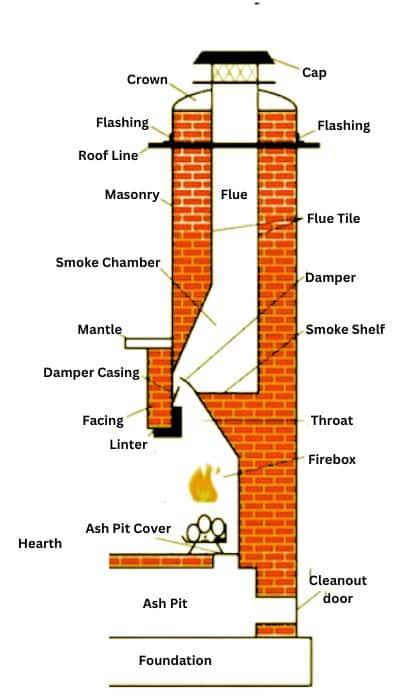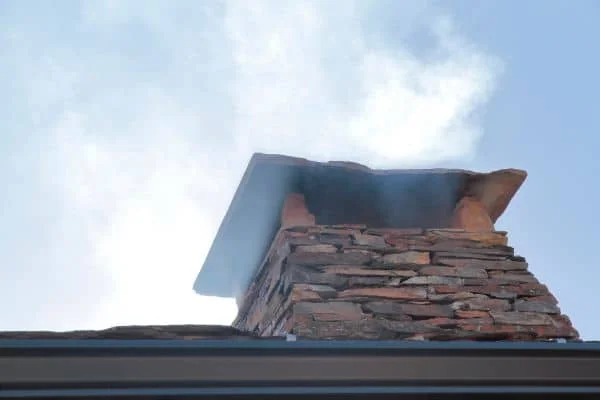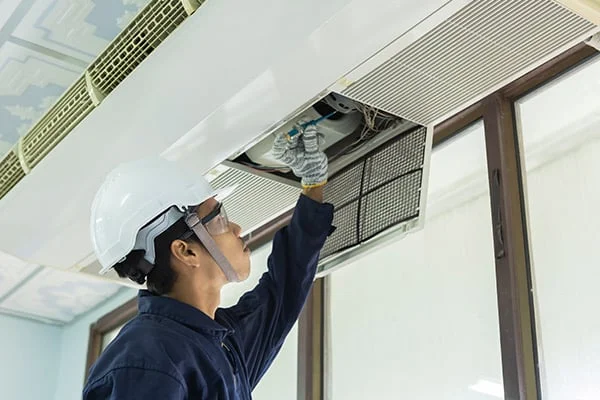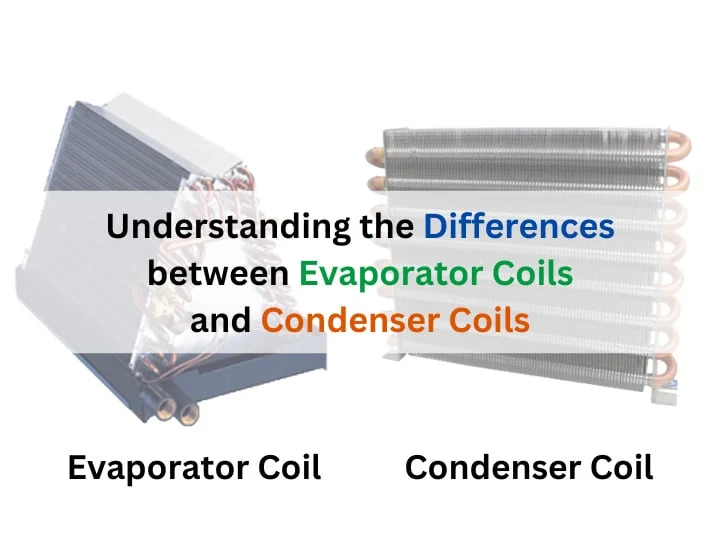What Is Chimney Flues?
In case you haven’t noticed, a chimney flue, commonly known as a flue liner, is a part of your chimney system.
It’s a duct that enables smoke, gasses, and other combustion byproducts to be safely expelled from fireplaces, stoves, or heating systems.
The flue lining, found mostly in modern systems, is crucial for protecting the chimney and ensuring efficiency.
Why Chimney Flues?

| Efficient Smoke Passage | The smooth surface of a chimney flue allows for effective exhaust of smoke and ash, improving overall chimney efficiency. |
| Creosote and Heat Protection | Flues prevent the accumulation of creosote, a highly flammable residue, and protect the chimney structure from heat damage, thereby preserving its integrity. |
| Prevention of Wildlife Entry and Downdrafts | A properly sealed flue keeps wildlife out and prevents downdrafts, which can cause smoke to fill living spaces. |
| Environmental Considerations | By ensuring complete combustion and effective venting, chimney flues reduce harmful emissions, contributing to cleaner air. |
Types of Chimney Flues
| Concrete (Cast-in-place) Flue | Made from either aluminum or stainless steel, metal flues are durable and less expensive. They require high-temperature insulation for protection. damage, thereby preserving its integrity. |
| Metal Flue | Common in masonry, chimneys are long-lasting but challenging to install. |
| Clay Tile Liners | Made from either aluminum or stainless steel, metal flues are durable and less expensive. They require high-temperature insulation for protection. Damage, thereby preserving its integrity. |
| Cast-In-Place Liners | These concrete liners are excellent for insulation and can repair damaged chimney flues. |
| Ceramic Fiber Liners | Ideal for gas fireplaces, offering resistance to high temperatures and corrosion. |
Maintenance and Lifespan of Chimney Flues
- Lifespan: Varies by type, with clay liners lasting around 50 years, concrete flues up to 50 years, and stainless steel liners about 25 years. Regular maintenance can extend these lifespans.
- Maintenance Tips: Regular inspections and cleaning, at least annually, are crucial. Look for signs like difficulty maintaining a fire, unusual odors, and visible creosote buildup as required maintenance or repair indicators.
Chimney Flue Costs
The average cost of a flue liner ranges from $625 to $5,000, influenced by factors like the type of liner, dimensions, material, and insulation requirements.
Conclusion
The chimney flue plays a vital role in your home’s safety and the efficiency of your heating appliances.
Understanding its types, maintenance, and costs can help you make informed decisions to ensure its proper functioning and longevity.
If you are still unsure about chimney flues, you may reach out to professionals who will guide you through lining your chimneys with the best option.





